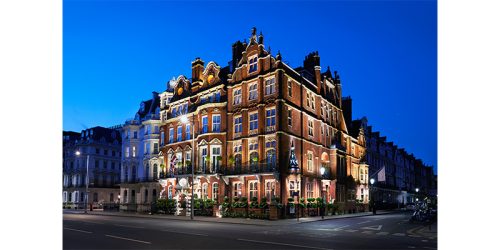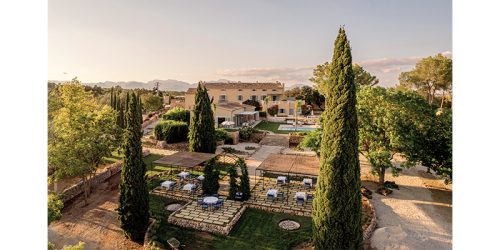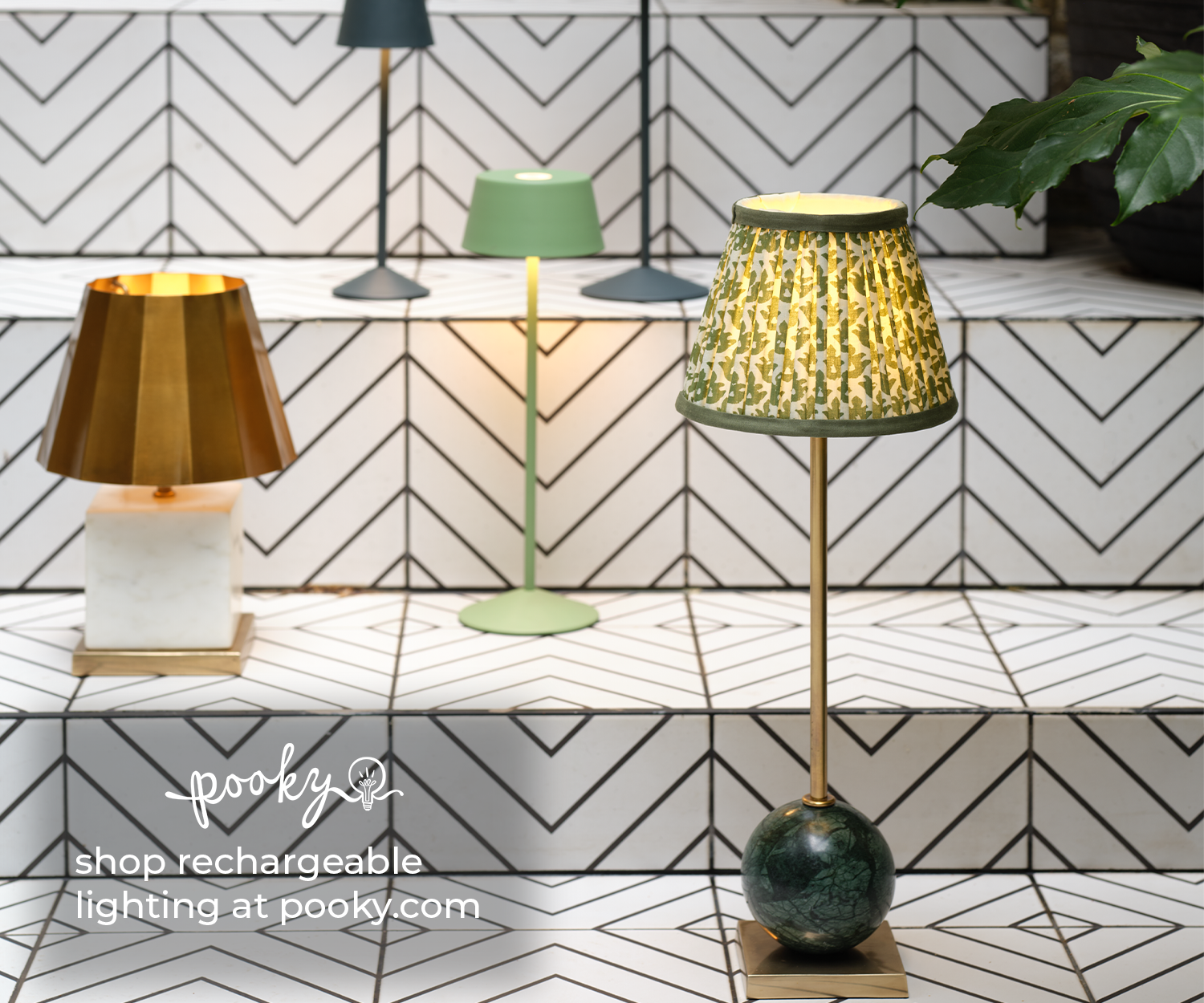Sir Prague, Czech Republic
Sir Prague blends three eras of design into a contemporary hotel that mirrors the character of the city itself.
 In the heart of Prague’s New Town, a neo-Renaissance landmark from 1884 has been reimagined as Sir Prague, a hotel that treats design as both a craft and a narrative device. The building’s original stonework, Gothic flourishes, and Baroque-like façade have been meticulously restored, but step inside and you find a different conversation taking place – one between past and present, grandeur and intimacy.
In the heart of Prague’s New Town, a neo-Renaissance landmark from 1884 has been reimagined as Sir Prague, a hotel that treats design as both a craft and a narrative device. The building’s original stonework, Gothic flourishes, and Baroque-like façade have been meticulously restored, but step inside and you find a different conversation taking place – one between past and present, grandeur and intimacy.
The interiors are by London-based designer Linda Boronkay, founder of BORONKAY Studio, who says this duality was the project’s heartbeat from the very start. “Prague’s beauty lies in its contrasts – history and modernity, grandeur and intimacy,” she tells me. “With Sir Prague, I wanted to create a space that captures that duality, evoking both nostalgia and discovery.”
Boronkay approached the interiors with three historic influences in mind – Gothic, Cubist, and Art Nouveau – each given its own voice yet made to work in harmony. “We wove these diverse styles together through careful layering and a spatial dialogue,” she explains. “Gothic drama comes through in the use of rich, dark woodwork, oversized chandeliers, and mythic architectural motifs. Cubist forms emerge in furniture silhouettes and in collaborations with Modernista Gallery, where we sourced original works by Pavel Janák, Vlastislav Hofman, and Josef Gočár. And Art Nouveau appears in undulating textiles, embroidered headboards, and intricate ironwork details.”
The hotel’s 76 rooms and suites are deliberately non-uniform. In some, geometric paintings by local artist Jana Babincová hang above beds suspended from chains, their crystalline forms bringing an edge of abstraction. In others, vintage Czech furnishings sit alongside custom pieces commissioned from local artisans. Bathrooms carry strong graphic tiling; pastel linens and hand-embroidered fabrics soften the architectural bones. “No two rooms are identical,” Boronkay says. “Personalisation was essential – I wanted every guest to feel they’d stepped into a unique space, not a formula.”
From the outset, the project placed a strong emphasis on Czech craftsmanship. Boronkay describes this as a process of collaboration rather than procurement. “It’s not just sourcing; it’s a conversation,” she says. “We worked closely with artisans to design and commission pieces specifically for the hotel – sculptural lighting, mid-century-inspired furniture, embroidered textiles. Those relationships and the creative back-and-forth are what give the hotel its sense of place.”
This approach extends beyond the guest rooms. Public areas feature bespoke joinery, intricate iron balustrades, and furniture that nods to Czech design heritage without feeling like museum pieces. In each case, contemporary elements are integrated not to overwrite history but to heighten it – modern shapes and finishes that sit comfortably against original stonework and decorative plaster.

Public areas feature bespoke joinery, intricate iron balustrades, and furniture that nods to Czech design heritage without feeling like museum pieces.
Art plays a central role in the way guests experience the hotel. The ground floor is effectively a curated gallery, with each space telling its own story. The collection, curated by Karina Kottová, PhD, bridges historic themes and contemporary expression. The library holds works with mythological and historical narratives; the bar is defined by pieces inspired by movement and sound; the reception reimagines the city’s architectural heritage; and the restaurant focuses on food and nature. This curation is more than decorative. It serves as a guide, subtly shaping the mood of each space and encouraging guests to explore. “Communal areas should invite discovery,” Boronkay says. “The more layers you add – visual, tactile, narrative – the more a guest feels connected to the place.”

Later this spring, the arrival of Seven North – chef Eyal Shani’s Mediterranean-inspired restaurant – will bring a more extroverted energy to the mix.
Sir Prague is not designed as a grand procession of formal spaces. Instead, it offers a series of moments – intimate corners, quiet reading nooks, sheltered courtyards – interspersed with livelier zones. The multifunctional library doubles as a work and meeting space by day, while in the evenings the lighting softens and the atmosphere shifts. The courtyard, concealed from the street, becomes an outdoor living room in warmer months. Later this spring, the arrival of Seven North – chef Eyal Shani’s Mediterranean-inspired restaurant – will bring a more extroverted energy to the mix. Originating in Vienna, the concept is known for its playful, produce-led cooking and sociable atmosphere, something Boronkay sees as an ideal fit. “The food and the room will be in dialogue,” she says. “It’s about bold flavours, seasonal ingredients, and a setting that feels warm and inviting.”
When asked how she feels seeing the completed project in use, Boronkay doesn’t hesitate. “Sir Prague is a celebration of design, art, and craftsmanship, rooted in history yet boldly contemporary,” she says. “It’s been incredibly rewarding to see guests connect with it – some so much they’ve already returned or booked long stays. That’s when you know you’ve created more than just a hotel; you’ve created a home away from home.”
In the 3 months since opening, that connection has been borne out in early feedback – not just in online reviews but in the behaviour of guests who settle in, use the spaces fully, and treat the hotel as an anchor for exploring the city. Sir Prague succeeds because it is not about replication but reinterpretation. It doesn’t attempt to freeze the building in time, nor does it overwrite it with a uniform contemporary gloss. Instead, it treats the past as a partner in the design process, allowing Gothic grandeur, Cubist invention, and Art Nouveau elegance to coexist – each given the space to breathe, each made relevant for the present. Like Prague itself, it is layered, complex, and full of unexpected encounters.











